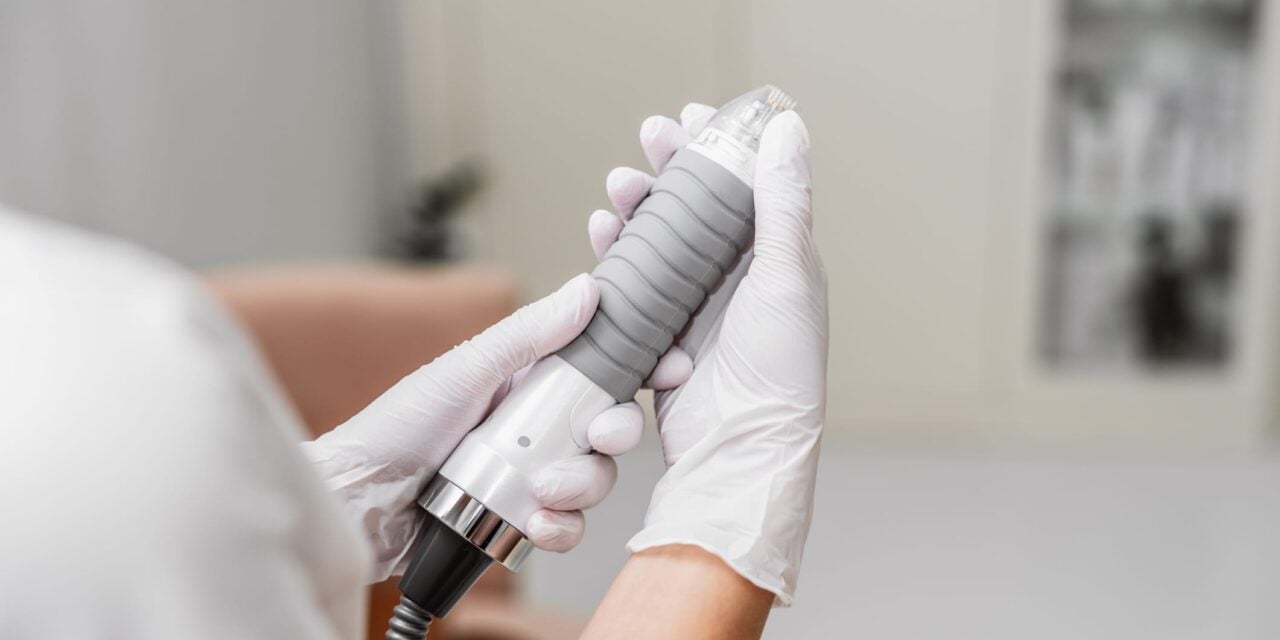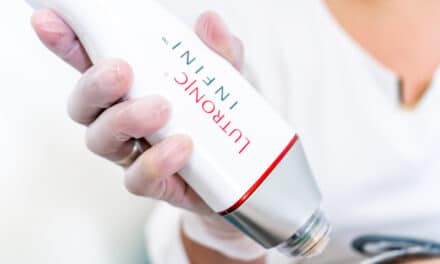The AAD stresses that qualified dermatologists should perform RF microneedling to minimize the risk of injury.
The US Food and Drug Administration (FDA) recently issued a safety communication warning about potential risks associated with radiofrequency (RF) microneedling devices.
The agency said it has received reports of serious complications, including burns, scarring, fat loss, disfigurement, and nerve damage, in some cases requiring surgical repair or other medical intervention. RF microneedling devices are classified as Class II medical devices and cleared through the 510(k) process.
In response, the American Academy of Dermatology (AAD) reminds patients that RF microneedling should only be performed by qualified medical professionals.
“Patient safety is the top priority for the AAD and its member dermatologists, who have the most extensive medical training to help avoid complications and ensure the best possible outcomes with all skin, hair, and nail procedures,” says Susan C. Taylor, MD, FAAD, president of the AAD, in a statement.
Taylor notes that board-certified dermatologists undergo rigorous medical education and specialized training in facial anatomy—including nerves and muscles—enabling them to minimize risks and effectively manage complications. “While cosmetic treatments may appear simple, performing them safely requires an in-depth understanding of the structure and function of the skin,” she says in the statement.
Individuals are encouraged to consult a board-certified dermatologist to discuss their goals, treatment options, and expected outcomes, Taylor notes.
The FDA is continuing to evaluate RF microneedling devices and work with manufacturers to identify potential mitigation strategies. The agency encourages clinicians and patients to report complications through the MedWatch Voluntary Reporting Form.
Patients considering cosmetic treatments can find a board-certified dermatologist at aad.org/findaderm.
ID 302657714 © Kall1st0 | Dreamstime.com





